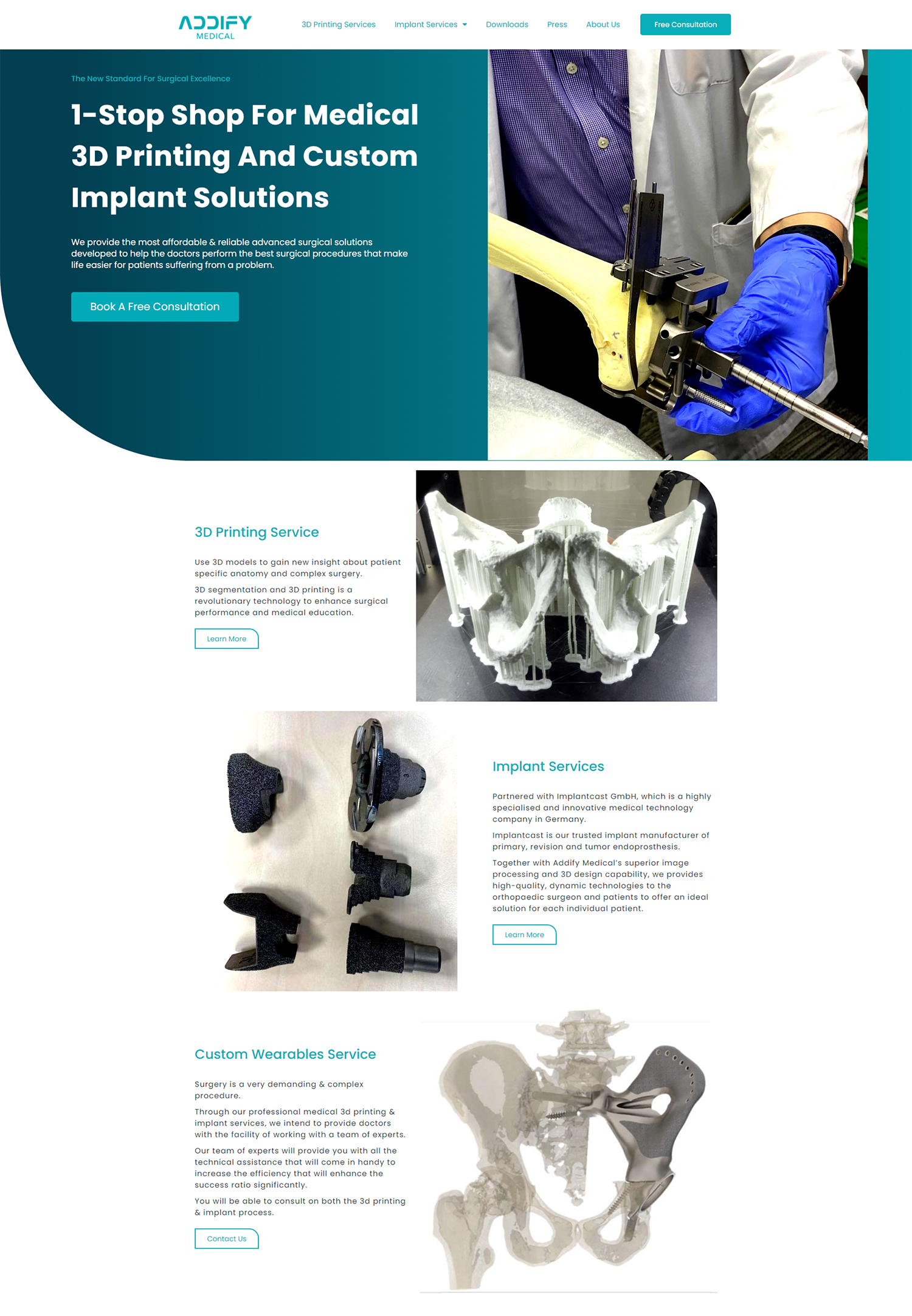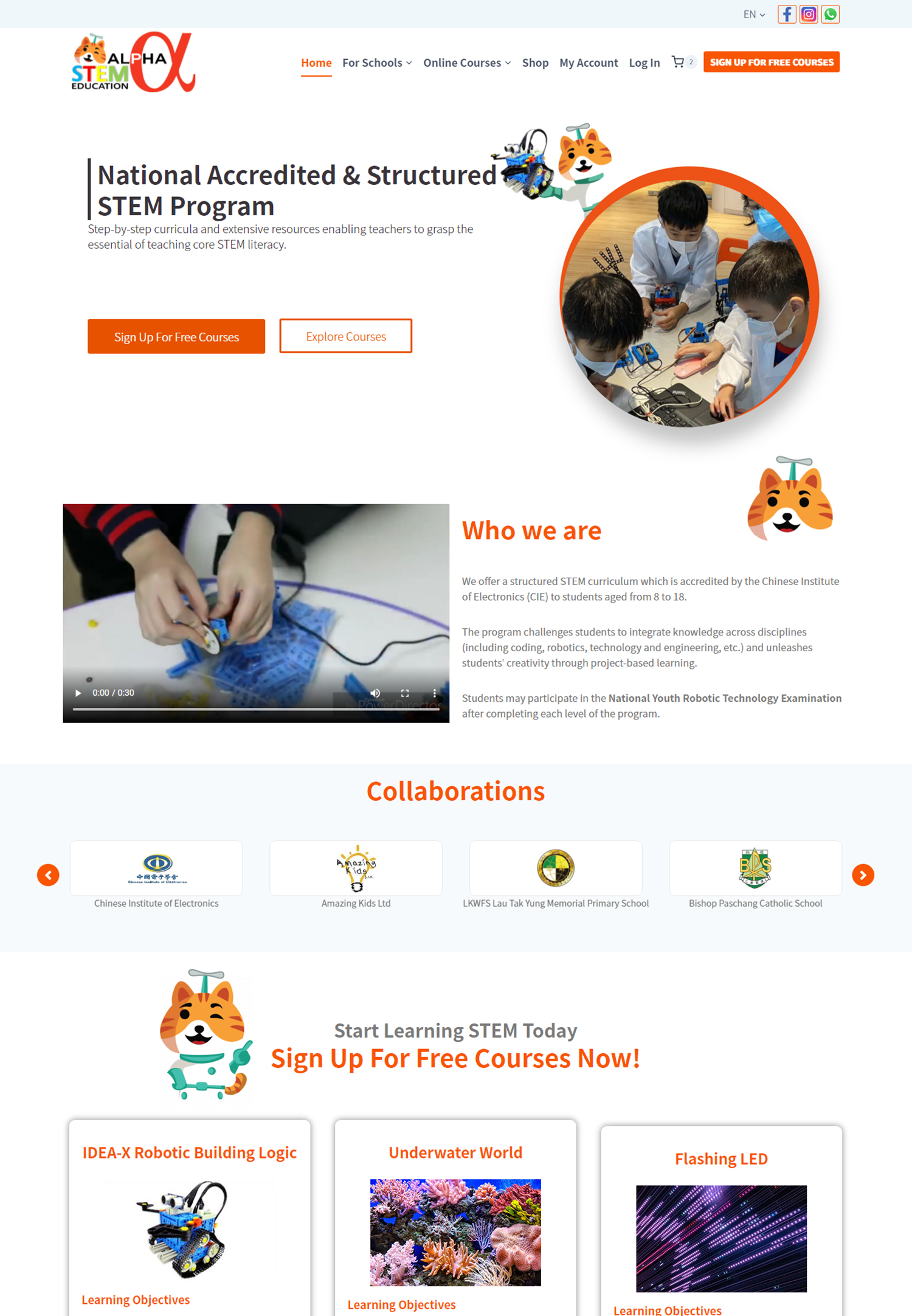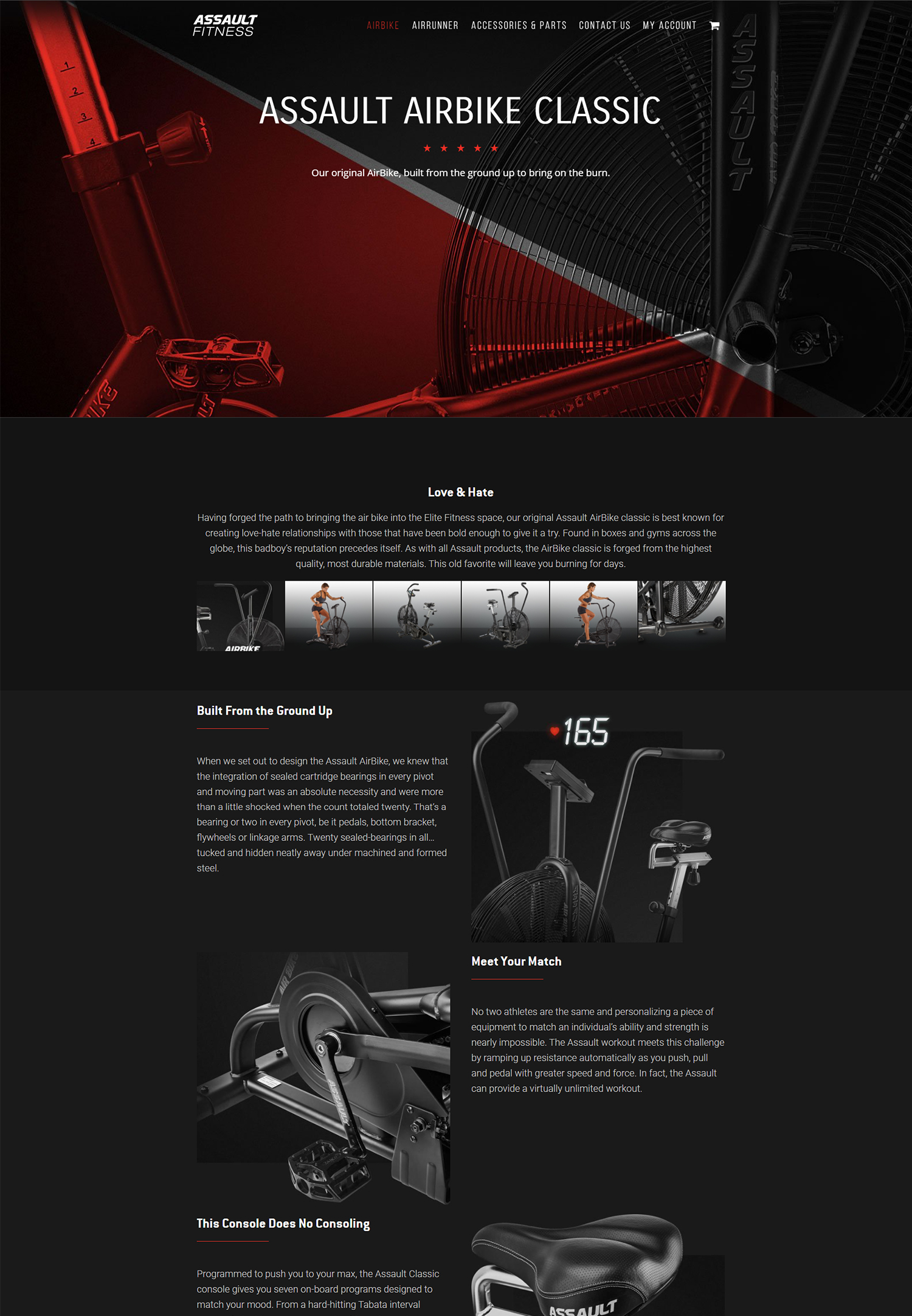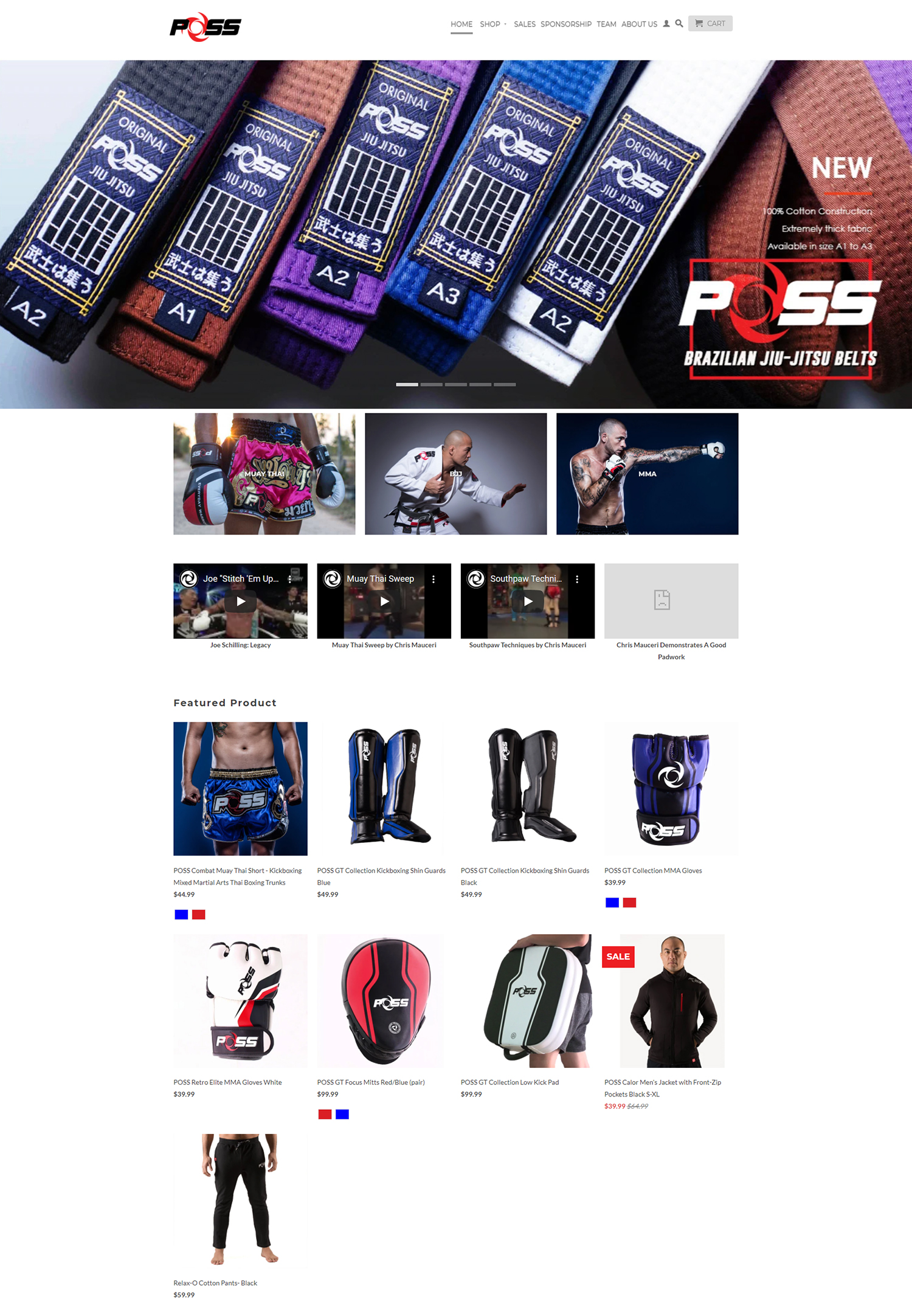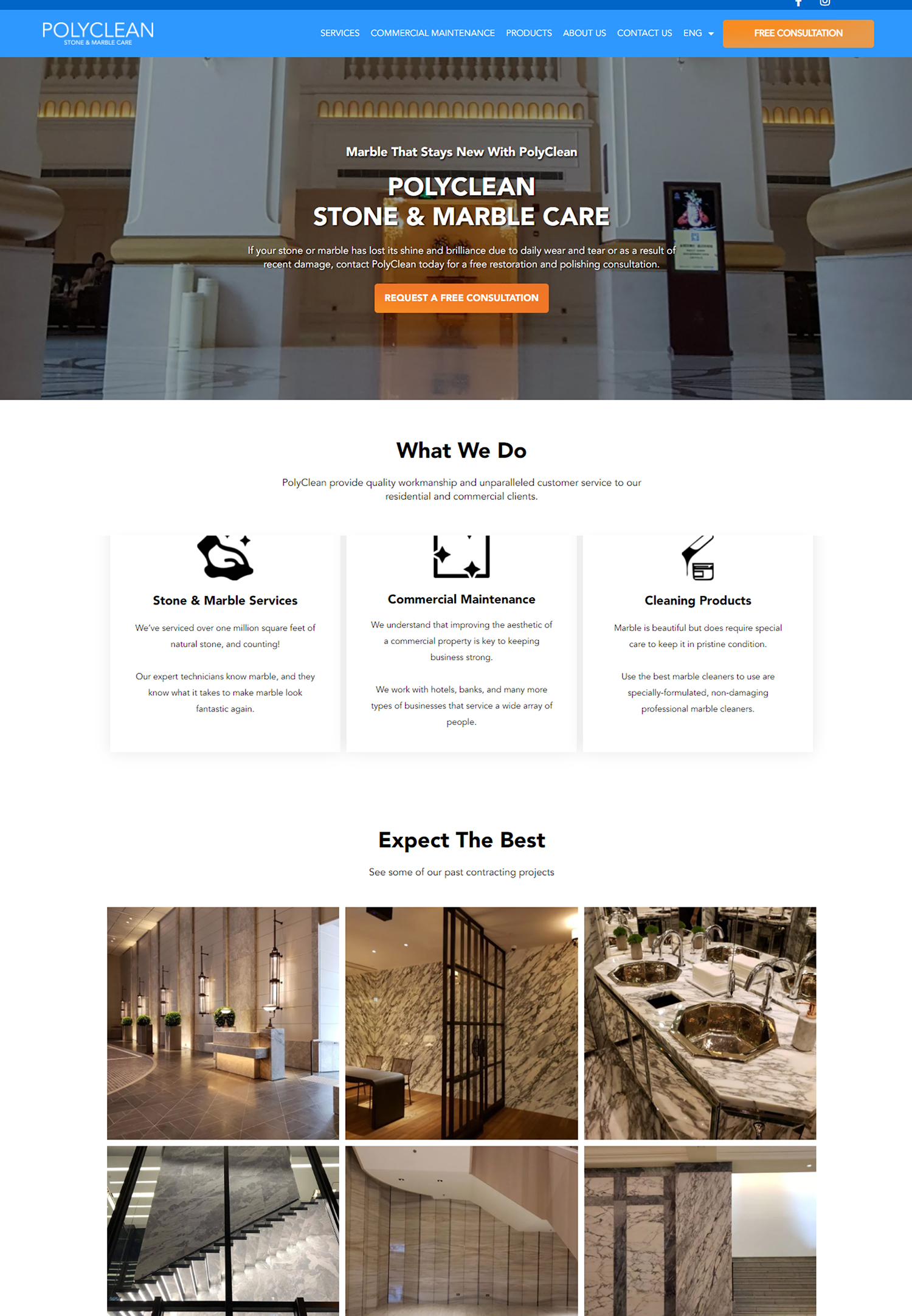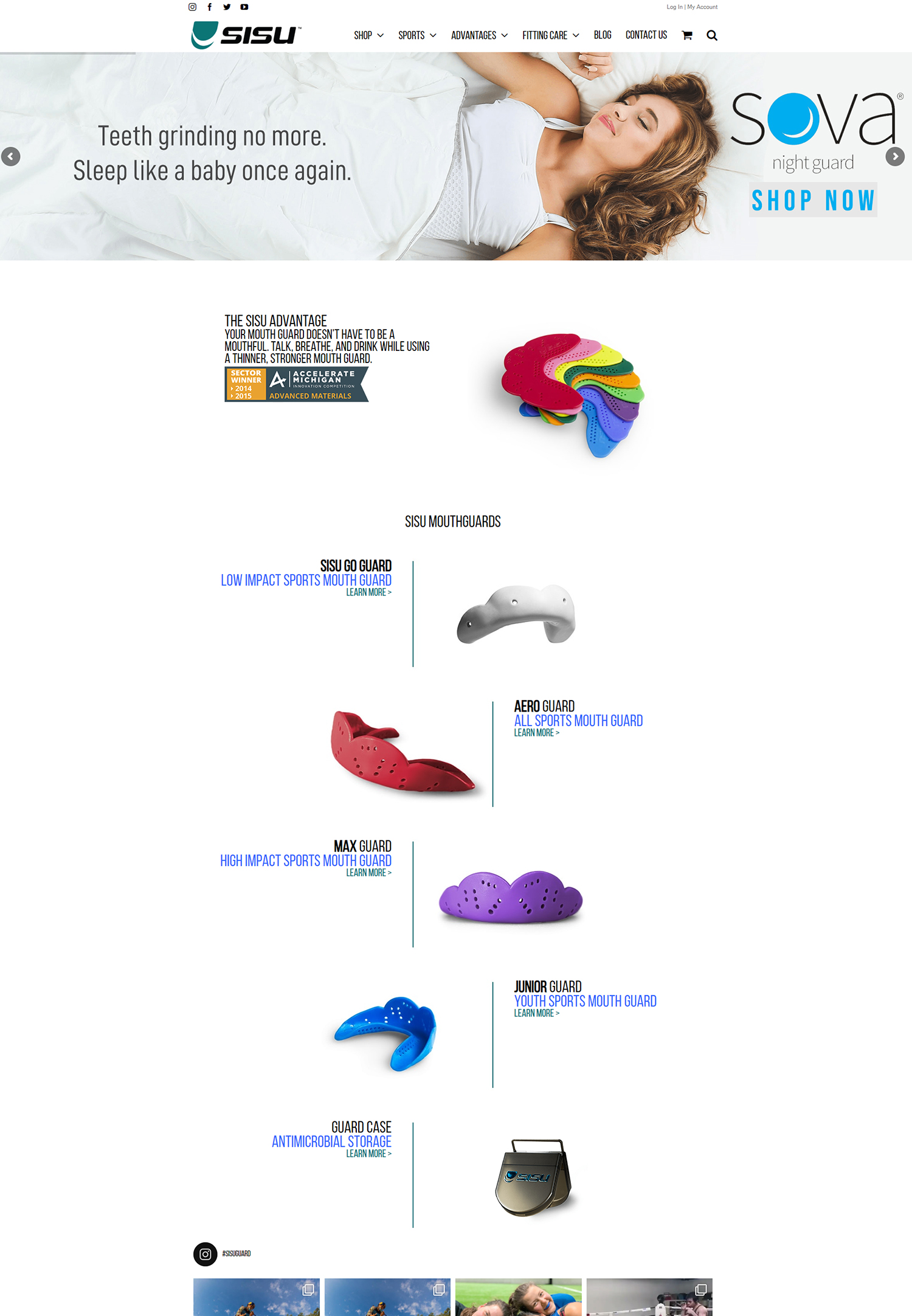In today’s digital age, customer service is evolving at a rapid pace. One of the most significant advancements in this field is the rise of chatbots. Chatbots are computer programs designed to simulate human conversation through artificial intelligence. They have become increasingly popular in customer service due to their ability to provide quick and efficient responses to customer inquiries. In this article, we will explore the rise of chatbots, their effectiveness compared to human customer service representatives, and how they are changing the way businesses interact with customers.
The Rise of Chatbots: A New Era in Customer Interaction
Chatbots have gained popularity in recent years due to advancements in artificial intelligence and natural language processing. These technologies enable chatbots to understand and respond to customer inquiries in a conversational manner. Chatbots can be integrated into various platforms such as websites, messaging apps, and social media platforms, making them easily accessible to customers.
According to a report by Grand View Research, the global chatbot market size was valued at USD 2.6 billion in 2019 and is expected to grow at a compound annual growth rate (CAGR) of 24.3% from 2020 to 2027. This growth can be attributed to the increasing demand for automated customer service solutions and the need for businesses to provide round-the-clock support.
Chatbots vs. Humans: Which is More Effective in Customer Service?
While chatbots offer many benefits, it is essential to consider their strengths and weaknesses compared to human customer service representatives. Chatbots excel in providing quick and accurate responses to frequently asked questions. They can handle a high volume of inquiries simultaneously, reducing wait times for customers. Additionally, chatbots can be programmed with predefined answers, ensuring consistency in responses.
However, there are situations where human customer service representatives may be more effective. Complex inquiries or issues that require empathy and emotional intelligence are better handled by humans. Humans can understand the nuances of language and provide personalized solutions based on the customer’s specific needs. They can also adapt their responses based on the customer’s tone and emotions, creating a more engaging and satisfying customer experience.
How Chatbots are Changing the Way Businesses Interact with Customers
Chatbots are revolutionizing the way businesses interact with customers. They are being used in various industries, including e-commerce, banking, healthcare, and travel. Here are some examples of how businesses are leveraging chatbots to improve customer service and sales:
1. E-commerce: Chatbots can assist customers in finding products, providing recommendations based on their preferences, and facilitating the checkout process. They can also handle order tracking and returns, reducing the need for human intervention.
2. Banking: Chatbots can help customers with account inquiries, balance checks, fund transfers, and bill payments. They can also provide personalized financial advice based on the customer’s spending patterns and goals.
3. Healthcare: Chatbots can triage patient inquiries, provide basic medical advice, and schedule appointments. They can also remind patients to take medication and monitor their health conditions.
4. Travel: Chatbots can assist customers in booking flights, hotels, and rental cars. They can also provide travel recommendations, weather updates, and local information.
By integrating chatbots into their customer service strategy, businesses can streamline customer interactions, reduce costs, and improve overall customer satisfaction.
The Benefits of Chatbots for Customer Service and Sales
Using chatbots for customer service and sales offers several advantages for businesses:
1. Increased Efficiency: Chatbots can handle multiple inquiries simultaneously, reducing wait times for customers. They can provide instant responses 24/7, ensuring that customers receive assistance whenever they need it.
2. Scalability: As businesses grow, it becomes challenging to handle a high volume of customer inquiries manually. Chatbots can scale effortlessly to handle increased demand without compromising response times or quality.
3. Cost Savings: Chatbots can significantly reduce the cost of customer service operations. By automating routine inquiries, businesses can allocate human resources to more complex tasks, improving productivity and efficiency.
4. 24/7 Customer Support: With chatbots, businesses can provide round-the-clock customer support without the need for human representatives to work night shifts. This ensures that customers receive assistance at any time, regardless of their location or time zone.
Chatbots and Personalization: Creating a Unique Customer Experience

One of the key advantages of chatbots is their ability to provide personalized customer experiences. By leveraging customer data and artificial intelligence, chatbots can tailor their responses and recommendations based on the customer’s preferences and past interactions. This personalization creates a more engaging and satisfying customer experience.
For example, an e-commerce chatbot can recommend products based on the customer’s browsing history and purchase behavior. A banking chatbot can provide personalized financial advice based on the customer’s spending patterns and goals. By understanding the customer’s needs and preferences, chatbots can deliver targeted solutions, increasing customer engagement and loyalty.
Chatbots and Artificial Intelligence: Enhancing Customer Interaction
Artificial intelligence (AI) plays a crucial role in enhancing customer interactions with chatbots. AI enables chatbots to understand natural language, interpret customer intent, and provide relevant responses. It also allows chatbots to learn from past interactions and improve over time.
Chatbots can use machine learning algorithms to analyze customer data and identify patterns and trends. This analysis helps businesses gain valuable insights into customer behavior, preferences, and pain points. By understanding their customers better, businesses can tailor their products, services, and marketing strategies to meet their needs effectively.
Chatbots and Customer Retention: Keeping Customers Engaged and Loyal
Customer retention is vital for the long-term success of any business. Chatbots can play a significant role in keeping customers engaged and loyal. By providing personalized and efficient customer service, chatbots can enhance the overall customer experience and build strong relationships with customers.
For example, a chatbot can proactively reach out to customers who have abandoned their shopping carts and offer assistance or incentives to complete the purchase. A chatbot can also send personalized recommendations and promotions based on the customer’s preferences and purchase history, increasing the likelihood of repeat purchases.
Several businesses have successfully used chatbots to improve customer retention. For instance, Sephora, a beauty retailer, implemented a chatbot on Facebook Messenger that provides personalized beauty tips, product recommendations, and tutorials. This chatbot has helped Sephora increase customer engagement and loyalty by delivering a unique and tailored experience to each customer.
Chatbots and Customer Feedback: Improving Products and Services
Collecting customer feedback is essential for businesses to improve their products and services continually. Chatbots can be used as a tool to gather feedback from customers in a conversational manner. By asking targeted questions and analyzing the responses, businesses can gain valuable insights into customer preferences, pain points, and suggestions for improvement.
For example, a chatbot can ask customers about their satisfaction with a recent purchase or their experience with a particular service. The chatbot can then analyze the responses and identify areas for improvement. This feedback loop allows businesses to make data-driven decisions and prioritize initiatives that will have the most significant impact on customer satisfaction.
Chatbots and Data Analytics: Understanding Customer Behavior and Preferences
Chatbots can collect and analyze vast amounts of customer data, providing businesses with valuable insights into customer behavior and preferences. By tracking customer interactions, chatbots can identify patterns, trends, and correlations that may not be apparent through traditional methods.
For example, a chatbot for an e-commerce website can track which products customers are searching for, adding to their carts, or purchasing. This data can help businesses understand which products are popular, which ones are frequently abandoned, and which ones generate the most revenue. Armed with this information, businesses can optimize their product offerings, pricing strategies, and marketing campaigns to better meet customer needs and preferences.
The Future of Customer Interaction: Chatbots and Beyond
The future of customer interaction is undoubtedly exciting, with chatbots at the forefront of innovation. As technology continues to advance, chatbots will become even more sophisticated and capable of providing seamless and personalized customer experiences.
In addition to chatbots, other emerging technologies such as voice assistants, virtual reality, and augmented reality are likely to impact customer interaction in the future. These technologies have the potential to create immersive and interactive experiences that go beyond what chatbots can currently offer.
Chatbots have become an integral part of customer service and sales strategies for businesses across various industries. They offer numerous benefits, including increased efficiency, scalability, cost savings, and 24/7 customer support. Chatbots can provide personalized experiences, enhance customer interactions through artificial intelligence, improve customer retention, collect valuable feedback, and analyze customer data.
As businesses strive to meet the evolving needs and expectations of customers, implementing chatbots in their customer service strategy is becoming increasingly important. By leveraging the power of chatbots, businesses can provide exceptional customer experiences, gain valuable insights into customer behavior and preferences, and stay ahead in today’s competitive market. It is time for businesses to embrace chatbot technology and revolutionize their customer interactions.
If you’re interested in learning more about how to increase online sales for your ecommerce business, you may want to check out this article on how to increase online sales for your ecommerce. It provides valuable insights and strategies that can help you optimize your website and drive more conversions.
FAQs
What are chatbots?
Chatbots are computer programs designed to simulate conversation with human users, especially over the internet.
How do chatbots work?
Chatbots use natural language processing (NLP) and machine learning algorithms to understand and respond to user queries. They can be integrated with messaging platforms, websites, and mobile apps.
What are the benefits of using chatbots for customer interaction?
Chatbots can provide 24/7 customer support, reduce response time, handle repetitive tasks, and improve customer engagement. They can also collect data and provide insights for businesses to improve their services.
What are the limitations of chatbots?
Chatbots may not be able to handle complex queries or understand sarcasm and humor. They may also lack empathy and personal touch, which can be important in certain customer interactions.
How can businesses implement chatbots for customer interaction?
Businesses can use chatbot building platforms or hire developers to create custom chatbots. They can also integrate chatbots with existing customer support systems and train their staff to handle more complex queries that chatbots cannot handle.
What are some examples of businesses using chatbots for customer interaction?
Some examples include H&M, which uses a chatbot to help customers find the right size and style of clothing, and Domino’s Pizza, which allows customers to order pizza through a chatbot on Facebook Messenger.





